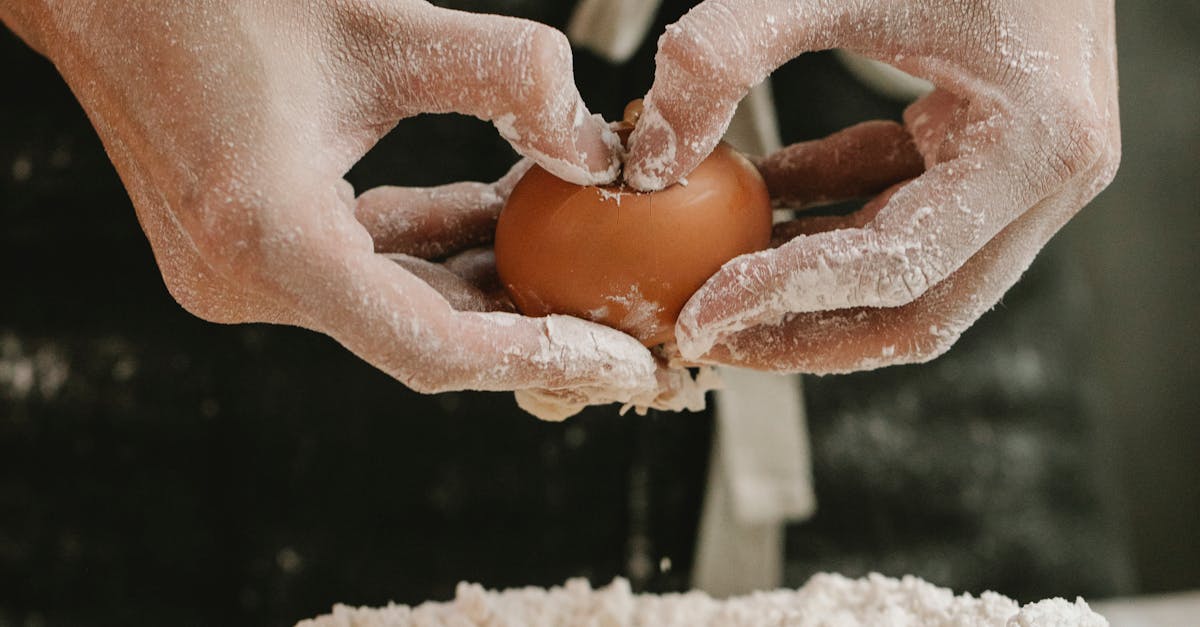When you think of pasta, the first images that come to mind may be of traditional Italian dishes, twirling spaghetti around a fork, or creamy fettuccine Alfredo. However, in India, pasta has taken on a life of its own, adapting to local tastes and culinary practices. This article explores what pasta is made of in India, focusing on the surprising ingredients that contribute to its unique flavor and texture.
| Ingredient | Description |
|---|---|
| Wheat Flour | The primary ingredient in most pasta types. |
| Semolina | A coarser type of wheat flour that adds texture. |
| Rice Flour | Used for gluten-free pasta options. |
| Besan | Chickpea flour that adds a nutty flavor. |
| Spinach | Incorporated for color and nutrition. |
| Tomato Puree | Used in sauces and sometimes in the dough. |
| Curd | Fermented milk that can enhance the flavor. |
| Eggs | Add richness and protein to the pasta. |
| Herbs and Spices | Common Indian spices enhance flavor. |
| Vegetable Purees | Used for color and added nutrition. |
Wheat Flour
The cornerstone of traditional pasta, wheat flour is the most commonly used ingredient. In India, durum wheat flour is favored for its high gluten content, which gives pasta its chewy texture. This ingredient serves as the foundation for various pasta shapes and sizes, making it a staple in Indian kitchens.

Semolina
Semolina, a coarser flour derived from durum wheat, is often mixed with wheat flour to create pasta with a firmer bite. This ingredient is particularly popular in regional variations of pasta, where texture plays a crucial role in the overall dish. Semolina is also prized for its ability to hold sauces well, making it a preferred choice for Indian pasta recipes.

Rice Flour
With the increasing demand for gluten-free options, rice flour has found its way into Indian pasta dishes. This ingredient is particularly popular among those with gluten sensitivities and is often combined with other flours to maintain the desired texture. Rice flour pasta is light and delicate, offering a unique alternative to traditional wheat-based varieties.

Besan
Besan, or chickpea flour, is a common ingredient in Indian cuisine and adds a nutty flavor to pasta. It is often used in combination with wheat flour to create a more nutritious version of pasta. The addition of besan not only enhances the flavor but also boosts the protein content, making the dish more satisfying.

Spinach
Incorporating spinach into pasta dough is a popular trend in India. Not only does it give the pasta a vibrant green color, but it also enriches it with essential vitamins and minerals. Spinach pasta is often used in dishes that call for a fresh and healthy twist, appealing to health-conscious consumers.

Tomato Puree
Tomato puree is a versatile ingredient that is commonly used in Indian pasta dishes. It can be mixed into the pasta dough itself or used as a base for rich sauces. The tanginess of tomato enhances the overall flavor profile, making it a favorite in various pasta recipes across the country.

Curd
Curd, or fermented milk, is another unique ingredient that can be added to pasta dough. It acts as a natural tenderizer, making the pasta softer and creamier. Curd also contributes a subtle tang that complements the other flavors in the dish, making it an interesting addition to traditional recipes.

Eggs
Eggs are traditionally used in making fresh pasta, providing richness and a golden hue. In India, the inclusion of eggs in pasta recipes adds a layer of protein and flavor, making the dish more satisfying. Egg-based pasta is typically smoother and silkier, which is ideal for creamy sauces.

Herbs and Spices
Indian pasta often incorporates a variety of herbs and spices that are characteristic of local cuisine. Ingredients like cumin, coriander, and garam masala can be added to the dough or the sauce, infusing the pasta with unique flavors that distinguish it from traditional Italian varieties. This creative twist showcases the versatility of pasta in Indian cooking.

Vegetable Purees
Vegetable purees, such as carrot or beetroot, are increasingly being used in pasta recipes in India. These purees not only add vibrant colors to the pasta but also enhance its nutritional value. By incorporating vegetable purees, home cooks can create visually appealing dishes that are packed with vitamins and minerals.

FAQ
What types of flour are used to make pasta in India?
In India, pasta is primarily made from wheat flour, semolina, and rice flour for gluten-free options. Besan or chickpea flour is also used for added flavor and nutrition.
Is Indian pasta different from Italian pasta?
Yes, Indian pasta often incorporates local ingredients like spices, herbs, and vegetable purees, making it distinct from traditional Italian pasta which typically uses only wheat flour and water or eggs.
Can I find gluten-free pasta in India?
Yes, gluten-free pasta made from rice flour or a blend of other flours is readily available in Indian markets, catering to those with gluten sensitivities.
What are some common Indian pasta dishes?
Common Indian pasta dishes include masala pasta, pasta in tomato curry, and pasta with a variety of local vegetables and spices, reflecting regional flavors and preferences.
Where can I learn more about pasta and its ingredients?
For more information, you can visit trusted sources such as the [Food Safety and Standards Authority of India](https://www.fssai.gov.in) or [Ministry of Food Processing Industries](http://mofpi.nic.in).
References:
– [Food Safety and Standards Authority of India](https://www.fssai.gov.in)
– [Ministry of Food Processing Industries](http://mofpi.nic.in)
